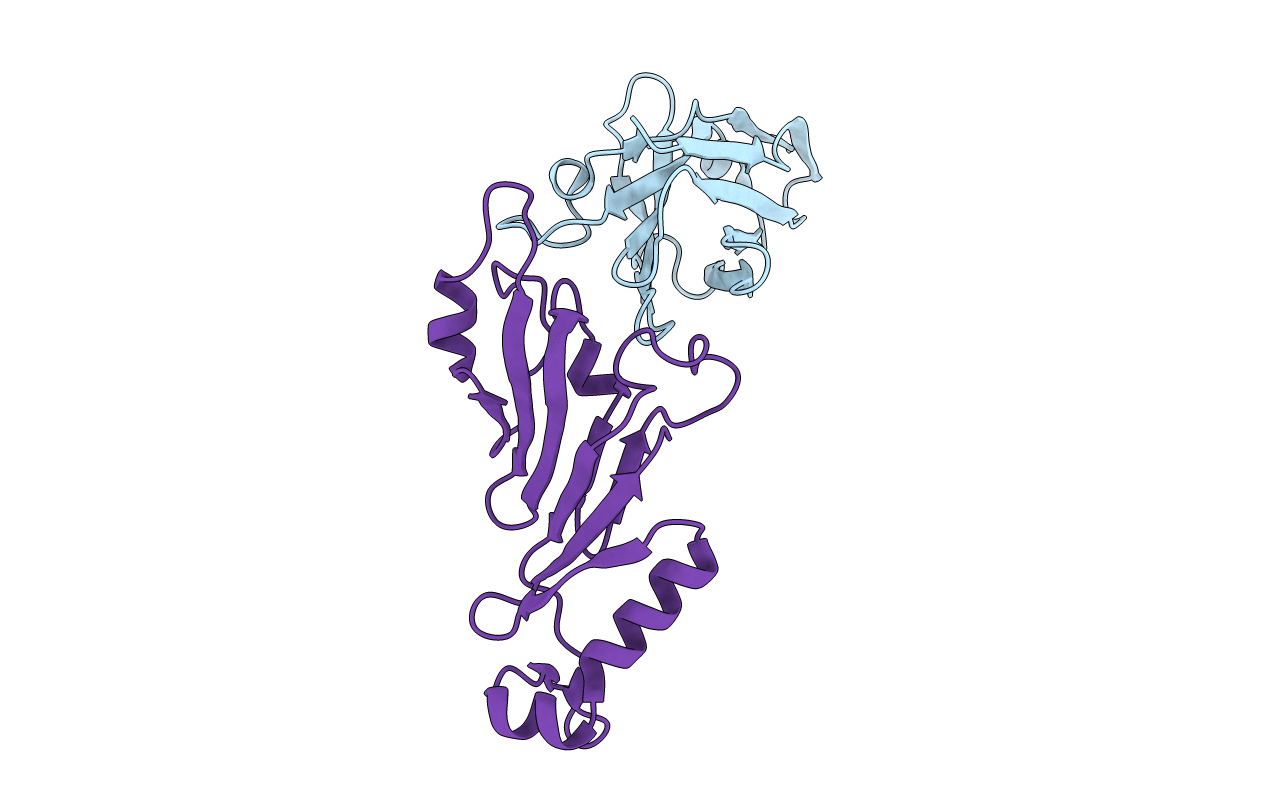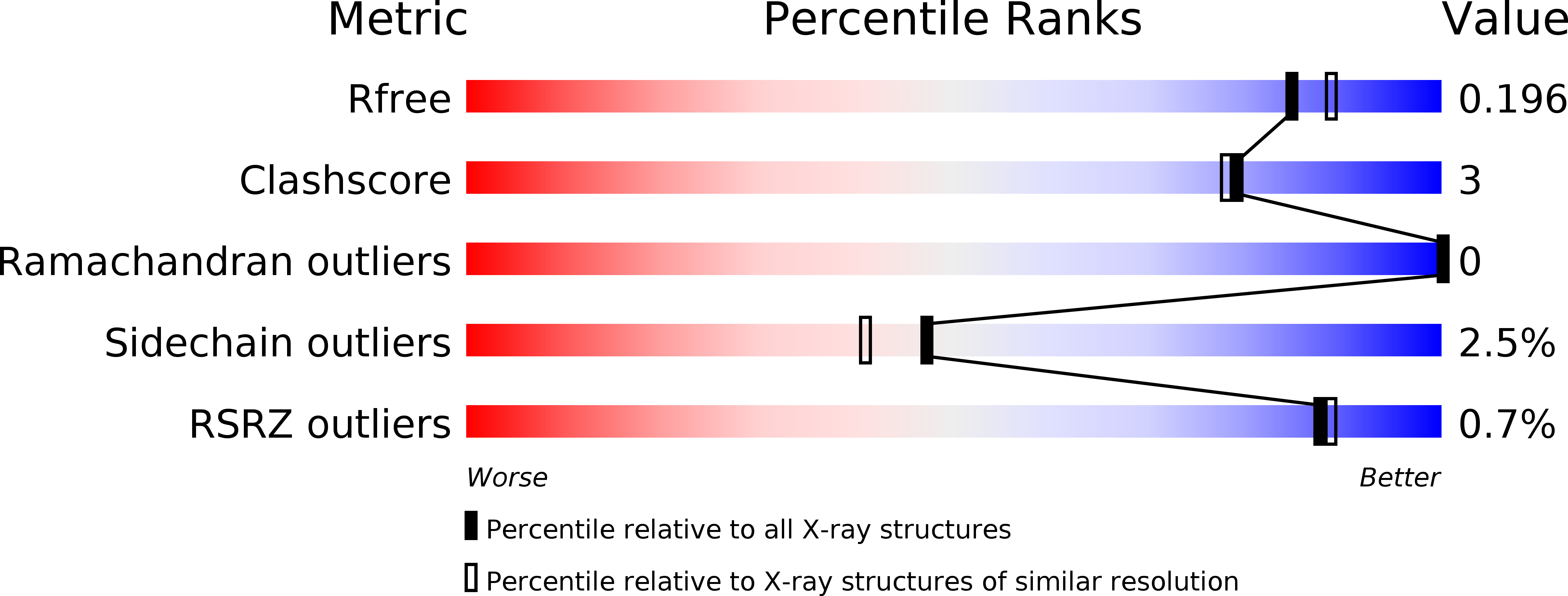
Deposition Date
2015-09-29
Release Date
2015-12-16
Last Version Date
2024-01-10
Entry Detail
PDB ID:
5E0Q
Keywords:
Title:
Crystal structure of the Nup98 C-terminal domain bound to nanobody TP377
Biological Source:
Source Organism:
Vicugna pacos (Taxon ID: 30538)
Xenopus tropicalis (Taxon ID: 8364)
Xenopus tropicalis (Taxon ID: 8364)
Host Organism:
Method Details:
Experimental Method:
Resolution:
1.90 Å
R-Value Free:
0.19
R-Value Work:
0.16
R-Value Observed:
0.16
Space Group:
P 41


